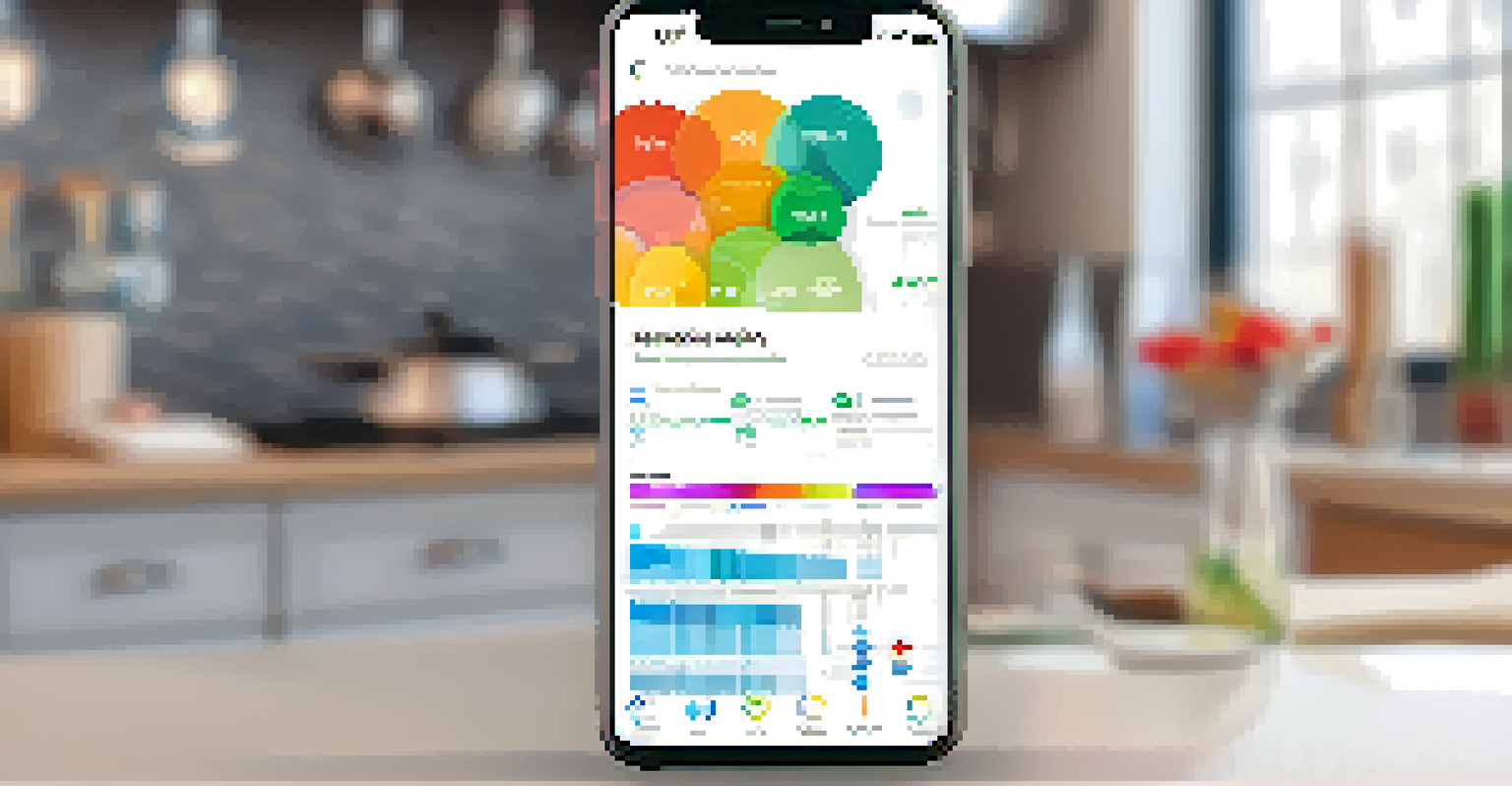Telemedicine and AI: A New Frontier in Patient Care

Understanding Telemedicine: A Brief Overview
Telemedicine refers to the delivery of healthcare services through digital communication tools. This can range from virtual consultations to remote monitoring of patients' health. The concept gained significant traction during the COVID-19 pandemic when in-person visits became a challenge.
Telemedicine is not just a convenience; it's a necessity that breaks down barriers to healthcare access.
By allowing patients to connect with healthcare professionals from the comfort of their homes, telemedicine breaks down geographical barriers. Patients in rural areas, for example, can access specialists without the need to travel long distances. This accessibility is not just convenient; it can also lead to timely interventions and better overall health outcomes.
Moreover, telemedicine can reduce the burden on healthcare facilities, enabling them to focus on severe cases. With less foot traffic, hospitals can allocate more resources to critical patients, thus enhancing the quality of care. As technology continues to evolve, telemedicine is poised to become an integral part of our healthcare system.
The Role of AI in Enhancing Telemedicine
Artificial Intelligence (AI) plays a pivotal role in optimizing telemedicine services. By analyzing vast amounts of data, AI can assist healthcare providers in making informed decisions quickly. For instance, AI algorithms can help triage patients based on symptoms, ensuring that those in critical need receive immediate attention.

Additionally, AI can enhance patient engagement through chatbots and virtual assistants. These tools can answer common health-related queries, schedule appointments, and even provide medication reminders. This not only streamlines communication but also empowers patients to take charge of their health.
Telemedicine Increases Healthcare Access
Telemedicine allows patients to receive healthcare services from home, breaking down geographical barriers and improving access for underserved populations.
Furthermore, AI-driven diagnostic tools can analyze medical images and lab results, offering insights that may be missed by the human eye. As a result, healthcare professionals can leverage AI to improve diagnostic accuracy and treatment plans, ultimately leading to better patient outcomes.
Improving Accessibility in Healthcare through Technology
One of the most significant benefits of combining telemedicine with AI is increased accessibility to healthcare. Patients who previously faced hurdles like distance, mobility issues, or lack of transportation can now receive care from their homes. This shift is especially beneficial for elderly patients or those with chronic illnesses.
Artificial Intelligence will transform healthcare, but it will always be the human touch that makes the difference in patient care.
Moreover, AI can help tailor healthcare services to meet individual patient needs. By analyzing patient data, AI can identify trends and suggest personalized treatment plans. This means that healthcare is not one-size-fits-all; rather, it becomes a more customized experience for each patient.
As a result, healthcare providers can reach underserved populations more effectively. Telemedicine and AI together create an inclusive healthcare environment where everyone has the opportunity to receive quality care, regardless of their circumstances.
Challenges and Considerations in Telemedicine and AI
Despite its advantages, the integration of telemedicine and AI is not without challenges. Privacy and security of patient data are paramount concerns, especially given the rise in cyber threats. Healthcare providers must ensure that proper safeguards are in place to protect sensitive information.
Additionally, there is a risk of over-reliance on technology, which can lead to misdiagnoses or inadequate care. While AI can assist in decision-making, it should not replace the human element of healthcare. Patient-provider relationships are built on trust and understanding, which technology cannot replicate.
AI Enhances Patient Care Efficiency
Artificial Intelligence optimizes telemedicine by analyzing data and improving diagnostic accuracy, ultimately leading to better patient outcomes.
Lastly, access to technology remains a barrier for some populations. Not everyone has reliable internet or access to smartphones, which can hinder their ability to utilize telemedicine services. Addressing these inequalities is essential to ensure that the benefits of telemedicine and AI are felt by all.
The Future of Telemedicine and AI in Patient Care
The future of healthcare is undeniably intertwined with telemedicine and AI. As technology advances, we can expect even more innovative solutions to emerge. For instance, wearable devices that monitor health metrics in real-time could seamlessly integrate with telemedicine platforms, providing healthcare providers with valuable data.
Moreover, AI's ability to predict health trends could lead to proactive healthcare measures. Instead of waiting for patients to seek care, providers could reach out to at-risk individuals before health issues escalate. This shift from reactive to proactive care could revolutionize health outcomes on a larger scale.
Ultimately, the goal is to create a more efficient, accessible, and personalized healthcare experience. By harnessing the power of telemedicine and AI, we can pave the way for a healthier future, where patients feel empowered and supported every step of the way.
Patient Empowerment Through Technology
Telemedicine and AI are not just about healthcare delivery; they also empower patients to take charge of their health. By providing access to information and resources, patients can make informed decisions about their care. This empowerment fosters a sense of ownership and responsibility towards one's health.
For example, health apps can help patients track their symptoms, medications, and overall wellness. This data can then be shared with healthcare providers during telemedicine appointments, enabling more productive discussions. When patients come prepared, it enhances the quality of care they receive.
Empowerment Through Health Technology
Telemedicine and AI empower patients to take charge of their health by providing access to information and enabling informed decision-making.
Furthermore, patient education is vital in this digital age. By understanding how to navigate telemedicine platforms and utilize AI tools, patients can better advocate for themselves. This shift in dynamics not only benefits individual patients but also contributes to a more engaged and informed patient population overall.
Conclusion: A Bright Horizon for Healthcare
In conclusion, telemedicine and AI are reshaping the landscape of patient care. Together, they offer unprecedented opportunities to enhance accessibility, improve health outcomes, and empower patients. As we embrace these technologies, we must also remain mindful of the challenges and work towards overcoming them.
The journey ahead is filled with potential, as healthcare continues to evolve at a rapid pace. By fostering collaboration between technology and healthcare professionals, we can create a system that prioritizes patient well-being and satisfaction. It's an exciting time to witness the transformation of healthcare into a more connected and responsive entity.

Ultimately, the integration of telemedicine and AI is not just a trend; it's a revolution in how we approach healthcare. As we move forward, the focus must remain on compassion, quality care, and the patient experience, ensuring that everyone benefits from the advancements in technology.